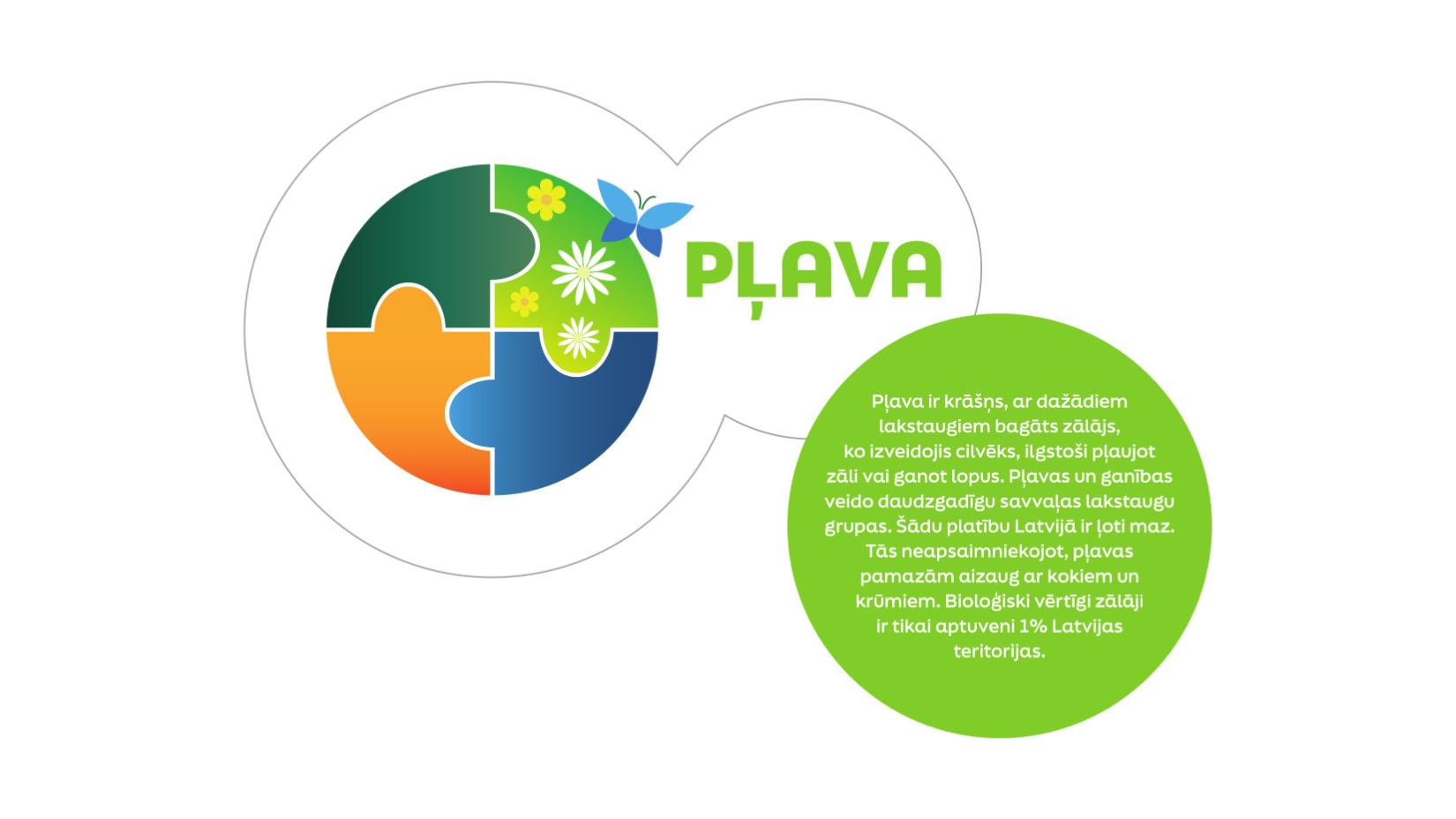A meadow is a gorgeous grassland, rich in a variety of herbaceous plants, that is created by people who are mowing grass or grazing cattle for long periods of time. Meadows and pastures are made up of groups of perennial wild herbs. There are very few such areas in Latvia. If left unmanaged, the grasslands gradually become overgrown with trees and shrubs. Only about 1% of Latvia’s territory is biologically valuable grassland.
Pollinators
A meadow in full bloom is a place where the largest number of different pollinators – bees, bumblebees, butterflies, beetles, ichneumon wasps, hoverflies and others can be observed. Did you know that male mosquitoes feed solely on the nectar of flowers? When an insect visits a flower, pollen sticks to its body, which can then be transferred to another flower. Different species of insects visit different species of flowers; therefore, pollinator diversity is very important in nature.
Oregano Origanum vulgare
Common oregano is a perennial herb of the mint family that commonly occurs throughout Latvia. Most often, it grows in dry woodlands and meadows, as well as in gardens. Oregano is a very common herb. The name oregano is derived from Latin.
Brown hare Lepus europaeus
The Brown hare entered Latvia from the south in the 17th century. It feeds on herbaceous plants, grasses, bark of trees and shrubs. Hares mainly live in open areas – forest edges, shrublands, fields and meadows, and they are also commonly found in and around human settlements. The hare is strongly attached to its chosen locality.
Mosaic puffball Bovistella utriformis
The mosaic puffball is an almost round, up to 20 cm tall puffball with an inconspicuous stalk. Its surface is pale at first, but later, it becomes brown, develops cracks and peels off, revealing an inner mass of brown spores that are gradually scattered in the wind. The fungus is relatively common in meadows, forest edges and shrublands. It grows in summer and autumn, but the mushroom stalk without the upper part can persist until spring and continue to spread spores.
White stork Ciconia ciconia
The white stork is mainly found in meadows, pastures and fields. They breed on roadsides, at farmsteads and farms by building their nests on top of poles, in the trees and on various buildings. They like to use man-made bases for their nests. The same nest is used for several years. The bird is not picky about food, and they feed on insects, fish, rodents, amphibians, reptiles, as well as the young of other birds and carrion. The white stork is a migratory bird that overwinters in Africa.
Snails
The meadow is not only home to large and easy-to-see snails, but also many smaller species of them. They spend their entire lives hiding on the roots of herbaceous plants or in the topsoil. The soil is also home to the smallest snails in Latvia, with shells only reaching 1–2 mm in size. This world of micro-snails usually remains hidden and unnoticed by humans.
Mow wisely, and don’t burn old grass!





